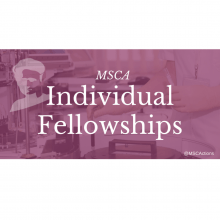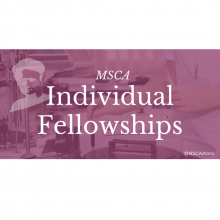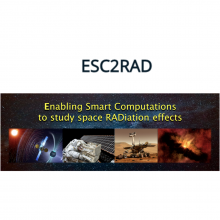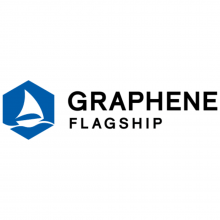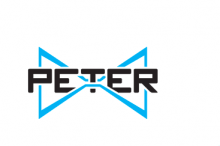Projects at a Glance
ANTHEM - AdvaNced THErmoelectric Materials through Vapor Phase Infiltration
Waste heat—the rejected by-product of all energy conversion processes—remains a huge and unexplored reservoir of green energy. It is estimated that two-thirds of the 160 TWh required for global power consumption is lost to the environment each year. Converting even a fraction of this wasted energy into electricity at the cost of 10 cents per kWh would generate a new EUR 1.0 trillion industry—creating jobs, boosting the economy, and increasing energy efficiency.
R-I PEERS- Pilot experiences for improving gender equality in research organisations
The R&I PEERS project will be based on the concept of gender equality, that can be expressed as “women and men enjoy the same status and have equal opportunity to realize their full human rights and potential to contribute to national, political, economic, social and cultural development, and to benefit from the results”.2D-TopSpIn - Spin detection and control in van der Waals materials for the design of spintronic devices.
The experimental confirmation of 2D topological insulators (2D-TI) with unique conductivity properties in 2007 has potential for advanced quantum computers and spintronic devices. Topological insulators conduct at the edge, offering scattering-free, spin-polarized channels crucial for dissipationless electronics. Challenges persist in practical device creation due to technical complexities. Discovery of 2D-TI phases in TMD materials like 1T-WTe2 enables van der Waals heterostructures, promising high-performance electronics and quantum computing applications. This proposal aims to engineer a spintronic device through rationalized heterostructure design, local and mesoscopic property characterization, and multiscale imaging and transport studies.
QuESTech - QUantum Electronics Science and TECHnology training
QuESTech (Project ID: 766025) is a consortium of 7 leading European research laboratories and 2 high-tech companies. Supported by the European Community, QuESTech will provide a challenging, state-of-the-art training for young researchers in the general field of experimental, applied, and theoretical quantum electronics. The main scientific topics include spintronics, molecular electronics, single electronics, transport in low-dimensional structures, and quantum thermodynamics.PETER-Plasmon Enhanced Terahertz Electron Paramagnetic Resonance
We propose to establish Plasmon -enhanced Terahertz Electron Paramagnetic Resonance spectroscopy and scanning microscopy as a unique Electron Paramagnetic Resonance (EPR) platform for high-sensitivity local analysis of paramagnetic organic and inorganic species and materials. Here, we will deliver novel hardware and infrastructure providing ground-breaking innovation in the magnetic sensing and imaging.
By funding program
Contacto

Yurdana Castelruiz
Projects Manager
+ 34 943574022
y.castelruiz[at]nanogune.eu

